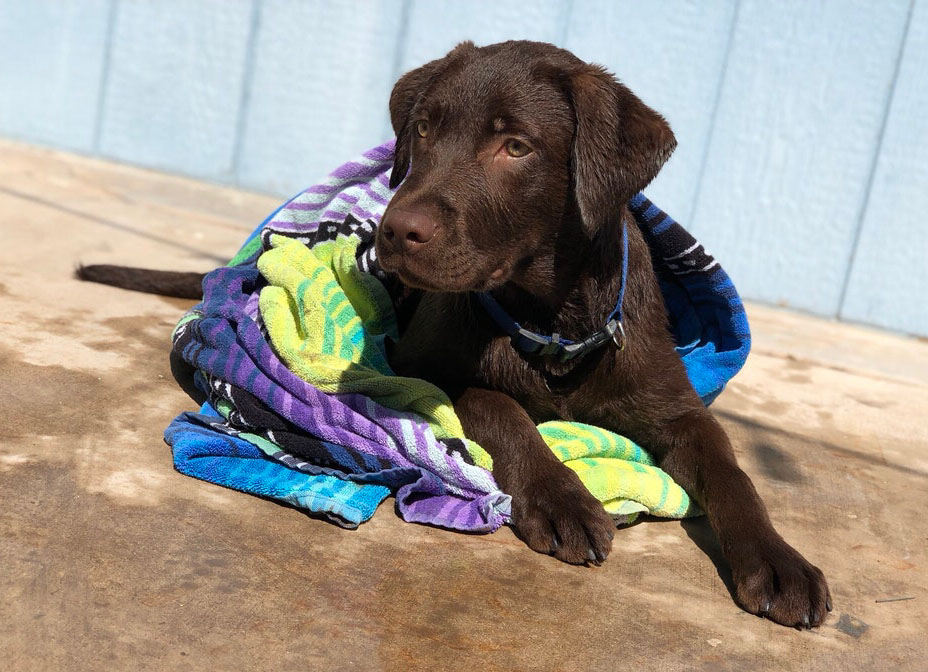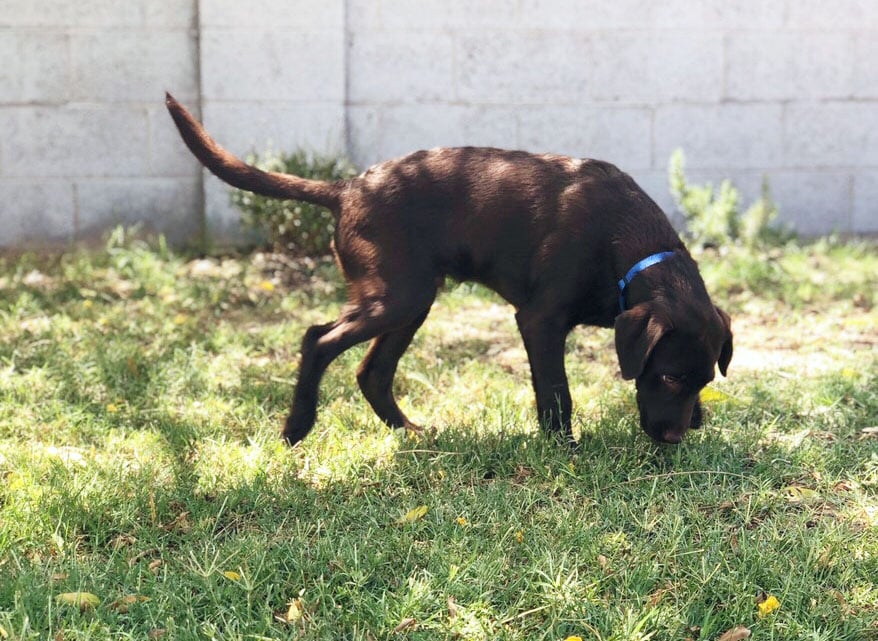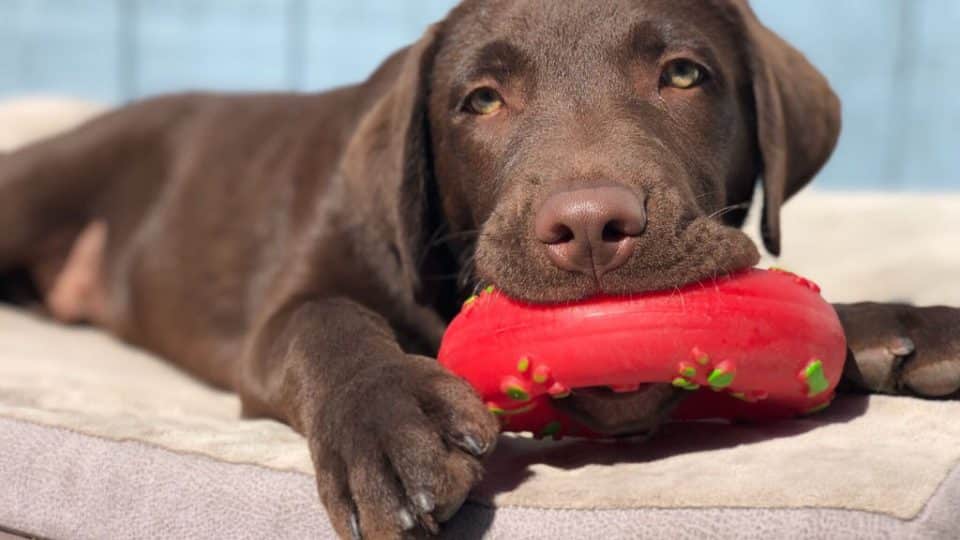You can’t always bring a new puppy when you travel, so this guide explains how to board your puppy without feeling guilty or risking their safety.
We can all agree there’s nothing cuter than an uncoordinated little furball tackling you or watching your every move with those big, curious eyes. I vividly remember the day I adopted my dog Rye. I was interested in another dog entirely, and while learning more about it, an older dog growled at Rye while she was playing nearby. She squealed in fear and I ran to her rescue, scooped her up, and never let her go.
I vowed to give her everything she ever wanted and to always keep her by my side. That last vow turned out to be easier said than done. As for most pet parents, work trips, social engagements, and family vacations came up, and traveling was more difficult with a pet, let alone a puppy. Fortunately, as both a pet owner and a long-time Rover sitter, I’ve discovered many secrets to successfully boarding your puppy.
What kind of boarding is best for a puppy?
Making new experiences and exploring new environments is valuable to your puppy as he grows and matures. Also, dogs are born in litters, so they’re instinctively social creatures. Puppies need company! When considering the right boarding environment for your puppy, look for:
- Ongoing socialisation with humans and other dogs
- One-on-one time
- Hands-on training
- Full-time attention
Unlike choosing a commercial pet boarding business that serves dozens of dogs a day, in-home boarding with a sitter allows your puppy’s personalised training to continue just as it would under you. Based on your instructions, your sitter will be familiar with your training stages and will be able to spend time every day hands-on with your dog training, playing, and socialising.
As an added bonus, pet sitters are very experienced living with dogs, so they’ll likely be able to add something new to your pet’s training experience or speed up the process altogether.

My Rover puppy Teddy relaxing after learning to swim.
Special considerations for boarding puppies
Throughout the entirety of your dog’s first year of life, he will constantly learn and be exposed to new things. To ensure your pet’s potty training and behavioural training don’t go off track while you’re away, special considerations must be taken into account when boarding puppies.
Puppies are cute, but they can also be very destructive, especially when teething or bored. It’s important for the sitter boarding your pet to be experienced and prepared for your puppy. Before you book with a new sitter, ask about:
- their experience level
- availability to be hands-on with your puppy
- knowledge about raising a puppy
- schedule and hours at home (look for a stay-at-home sitter)
Check out your new sitter’s home during your meet and greet to confirm that it’s puppy-friendly. Check for:
- wide gaps under backyard gates
- unfenced swimming pools
- exposed electrical cords in the home
And of course, talk openly with your potential pet sitter about all of this.

Teddy exploring the yard.
Getting your puppy ready for boarding
Prepare a detailed list of instructions to guide your sitter. By confirming what you discussed during your meet and greet in writing, you can pass the baton to your pet sitter without the worry that you left anything unsaid.
This level of preparation will also help alleviate some of the anxiety you’ll surely feel as you get ready to drop your pet off with your sitter.
Since pets are so attuned to our emotions, it’s important that you convey a calm and relaxed attitude as you depart for your trip. This will signal to your puppy that staying with your sitter is nothing to fear.

Teddy relaxing in bed after playtime.
What to pack for your puppy
You can never really over-prepare for your pet’s stay with the sitter!
Coordinate with your sitter before your puppy’s stay to find out what you should bring along and what they may already have available. For example, your crate is essential when boarding and training your puppy, though your sitter may already have the very same model available at their house.
In general, here are the essential items you should pack for your puppy’s stay:
- Crate
- Potty or wee-wee pads
- Toys
- Blanket
- Food and snacks, either pre-packaged or include a measuring cup
- Instructions, including a feeding schedule
- Treats
That said, opt not to overburden your sitter with nonessential items. For example, pre-measure your dog’s meals for a short weekend stay into a ziplock bag rather than bring along a brand new 40 lbs. bag of kibble. It’ll save you having to carry it, too.
Check out these 5 essential training tips for every new puppy. And to ensure your puppy thrives even while you’re away on a trip, boarding your puppy with an experienced in-home Rover.com pet sitter is a great option.



